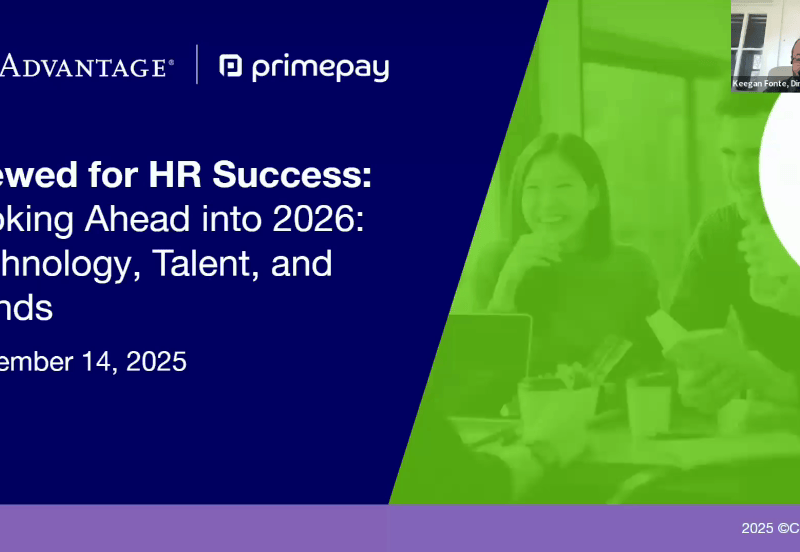In 2015, McKinsey & Company published one of the most impactful studies on the topic of diversity, equity, and inclusion (DEI), “Why diversity matters.” This examination of 1,000 companies from 15 countries is completed every few years, most recently in 2018 and 2020, and directly connects the likelihood of financial outperformance of competitors to gender diversity (+15%) and ethnic diversity (+35%). In fact, this gap in performance can widen as much as 48% when you compare the outliers of most gender diverse to least gender diverse.
Considering the clear financial link to increased DEI — as well as it being the right thing to do — you would think it would be every company’s urgent priority today. And yet the same studies show that progress is being made very slowly: Female representation on executive teams has risen between 2014 and 2019, but only from 15% to 20%, and representation of ethnic minorities has risen only from 7% to 13%.
With statistics like these, and DEI issues ever present in the news cycle and boardroom alike, it’s no surprise many HR executives are making it a priority to increase diversity within the company. But it’s not always easy to know where to begin to create the most momentum.
If your organization is looking to increase underrepresented demographics throughout the organization, here are the top three items to consider:
1. Where you source candidates.
As the adage goes, “If you do what you’ve always done, you’ll get what you’ve always gotten.” This phrase encapsulates companies that have built up very traditional, cookie-cutter talent pipelines — and also deliver traditional, cookie-cutter candidates. If you’re looking to increase the diversity of your candidate pool, you need to start looking at different sources for finding and recruiting talent.
Depending on your company’s current DEI status, this might mean re-assigning recruiting efforts from traditional recruiting sources to new ones. For example, a high-performance technology might reconsider its efforts to recruit at Ivy League college open houses in favor of local or regional talent sources like community colleges and state workforce development initiatives.
The company might also consider niche networking communities like Girls Who Code and Lesbians Who Tech, which offer training, mentorship, and job boards for underrepresented communities in technology.
2. How you write the job description.
How you write your job description matters, especially when it comes to recruiting a more diverse candidate pool. For example, one commonly cited anecdote from Hewlett Packard reveals that women apply only when they have 100% of the qualifications, while men have been shown to apply so long as they have 60% of the qualifications. The weight and value you place on different qualifications — identifying them as “nice to have” or “required,” for example — can have an impact on who decides to apply.
There are many things you can do to make sure your job descriptions aren’t putting off candidates from underrepresented minorities:
- Use a tool like Textio to make sure you’re not unknowingly including gendered language in your job descriptions
- Carefully evaluate which requirements truly are must-haves, nice-to-haves, or optional, so that your listings appeal to as many different kinds of qualified people as possible
- Focus the job description on what the person in the role will be expected to do and accomplish rather than what they will have done in a former position — this allows you to focus on a candidate’s potential for action, not accomplishments they may or may not have had equal access to in the past.
- As you expand your talent pipeline to bring in a more diverse array of candidates, you’ll want to evaluate your entire candidate pipeline to make sure you’re setting those candidates up to succeed. Often a rigorous, structured interview process unintentionally benefits certain people and unintentionally disadvantages others if they don’t share the same experience, culture, gender, or demographic.
- For example, an organization might take for granted the signs of a “good interviewer,” especially in a time when many candidates are interviewing from home. However, some candidates might not have access to the resources others do, such as a private, quiet office without partners, pets, or children around. These candidates might be no less qualified, but because of their circumstances may not interview as well as other candidates when assessed by these outdated criteria.
An updated, inclusive interview process will proactively let candidates know what they are and are not being assessed on (their potential to do the work, not their race, gender, ethnicity, or living situation) and make it easier for every candidate to be evaluated fairly.
3. How you conduct the interview process.
As you expand your talent pipeline to bring in a more diverse array of candidates, you’ll want to evaluate your entire candidate pipeline to make sure you’re setting those candidates up to succeed. Often a rigorous, structured interview process unintentionally benefits certain people and unintentionally disadvantages others if they don’t share the same experience, culture, gender, or demographic.
For example, an organization might take for granted the signs of a “good interviewer,” especially in a time when many candidates are interviewing from home. However, some candidates might not have access to the resources others do, such as a private, quiet office without partners, pets, or children around. These candidates might be no less qualified, but because of their circumstances may not interview as well as other candidates when assessed by these outdated criteria.
An updated, inclusive interview process will proactively let candidates know what they are and are not being assessed on (their potential to do the work, not their race, gender, ethnicity, or living situation) and make it easier for every candidate to be evaluated fairly.
A New Focus on DEI
Across industries, working to increase DEI within organizations is a noble goal. It is also a financially beneficial goal. As you work to bring a new focus to DEI within your organization, focus on small, simple steps like these, as well as working with a human capital management tool that supports you in executing on these goals. Over time and paired with more aggressive and company-wide DEI efforts, these steps will turn into the new standard of best practices. And you’ll play a powerful role in creating a more diverse, equitable, and inclusive organization.










